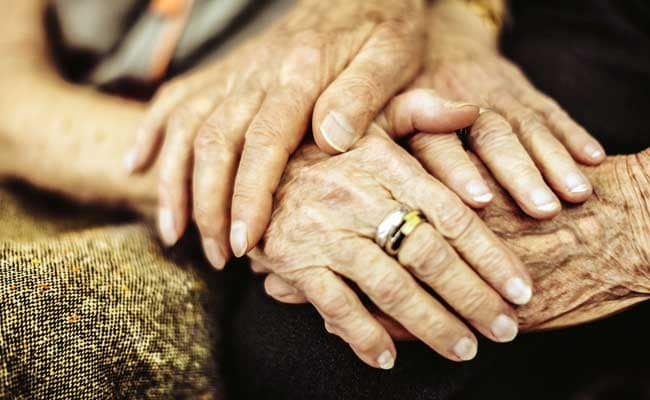
WASHINGTON: A recent observational study has shown that one in every two elderly people, who have suffered a hip fracture will never be as physically active and independent as they were before.
The odds are even lower for the very old and those with dementia or other ailments.
Around 300, 000 older Americans are hospitalized and receive surgery because of hip fractures annually.
Although efforts are made to provide rehabilitation to patients so that they can enjoy the same level of physical activity as they were used to before the injury, many become increasingly frail and dependent on others.
To make an informed assessment of how well older adults recover from a hip fracture, Victoria Tang, the lead researcher and her colleagues compared the physical condition and ability of 733 adults older than 65 years before and after the fracture.
Their particulars were retrieved from the Health and Retirement Study (HRS), a nationally representative longitudinal study that measures changes in the health and economic circumstances of people as they age.
Participants’ functional recovery was measured based on how they were still independently able to care for themselves post-injury in terms of bathing, dressing, eating and going to the bathroom on their own.
Factors such as their ability to walk around a street block or climb stairs without resting were noted, as well as their age and health status prior to the hip fracture.
“The likelihood of recovery to pre-fracture level of function was less than 50 percent regardless of one’s previous level of function. The likelihood of returning to a high level of function was particularly low in those who were older than age 85, had multiple comorbid conditions, or had dementia,” said Victoria.
Of all subjects, 31 percent returned to their prior daily functioning, 34 percent and 41 percent were respectively able to move and climb stairs as before.
Things were only marginally better for those who were physically very active before their injury. Of them, 36 percent could go on living independently without assistance, 32 percent had no difficulty walking one block, and 29 percent had no problems climbing stairs.
She believes it is essential to be aware of expected outcomes after a hip fracture, so that patients, families and supportive caregivers can set realistic expectations to meet additional needs once the patients return home.
“Ascertainment of the patient’s values and goals of care is critical at this juncture in order to optimize quality of life and assist in future medical decision making,” said Victoria.
The research was published by Springer.
source”gsmarena”
